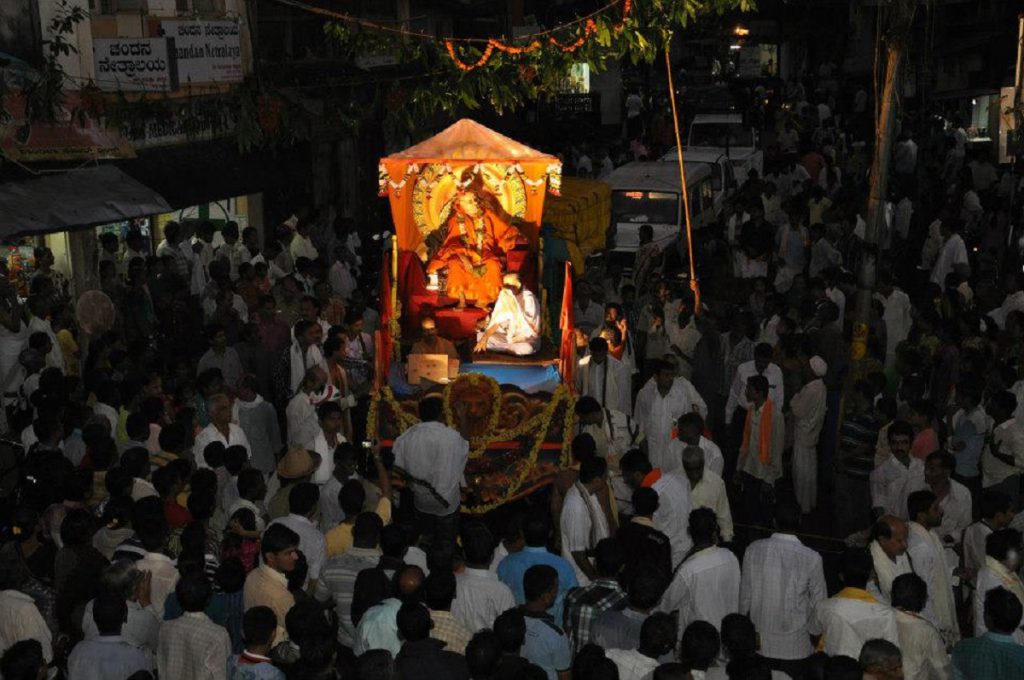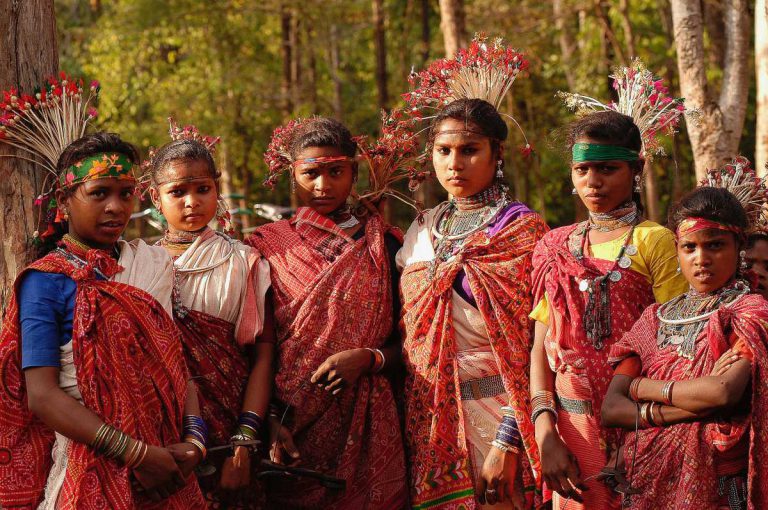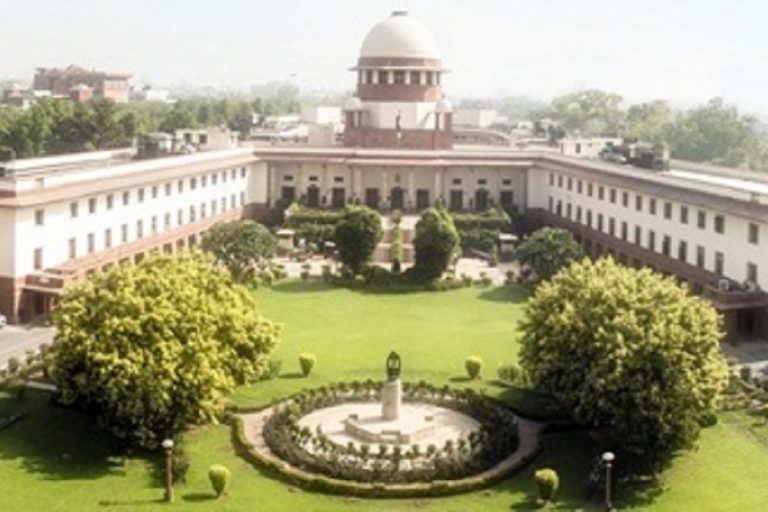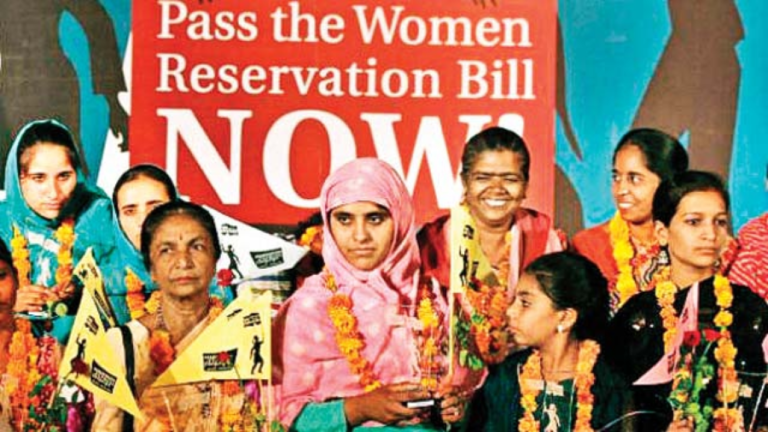Why is the Kesavananda Bharati Case important?

Soham Sen is a budding lawyer, and well versed in legal and policy matter. He is interested in learning and uses his skills in writing articles and papers for greater good. Hemarchana Pathak is from Tinsukia district of Assam. She is presently studying law at Assam University, Silchar. She wants to work for the upliftment of women in the society.

The democratic country we live in today looked somewhat different till a few years ago. During the Emergency of 1975, citizens of India lost faith and hope in the Judiciary. A landmark ruling of the Supreme Court [Minerva Mills & Others vs Union of India, AIR 1980 SC 1789] that struck down the Emergency drew heavily from Doctrine of Basic Structure, first espoused in the case of Kesavananda Bharati v. the State of Kerala, AIR 1973 SCC 1461, known as the “case that saved Indian democracy”. The protagonist of this historic case, Sri Kesavananda Bharati Swamiji, left for his heavenly abode on Sunday the 6th Sep-2020 at the age of 80. This article will cover the history and background of Swamiji and the circumstances that led to filing the petition.
Kesavananada Bharati was a monk who resided in Kerala in the Kasaragod district. At an early age of 19, he realized his purpose of life and decided to take sanyas and entered Edneer Mutt where he went on to become the Chief Pontiff. As the head of the Mutt, he was respectfully called Srimad Jagadguru Sri Sankaracharya Thotakacharya Keshavananda Bharathi Sripadangalavaru. His contributions to the State of Kerala, especially in the Kasaragod district have been immense, having contributed towards education, Kannada culture, and arts including Yakshagana, music, and dramas. His rise to the constitutional prominence started in early 1970 when under the advice of Nani Palkiwala, Swamiji filed a petition against the Kerala Government challenging the compulsory acquisition of his land by the Government under the Kerala Land Reforms Act 1963, as a violation of Fundamental Rights, as enshrined in Articles 25, 26 and 31 of the Constitution of India.
The hearing of the case began on October 31st, 1973, followed by 69 days of hearing by a 13 judge Constitution Bench. The case holds the record of the longest hearing and the largest bench ever constituted. The key question raised in this case was, ‘Does the Indian Parliament have unlimited rights to alter, abrogate or even take away some of the fundamental rights of its citizens’?
A 703-page judgment, with a majority of 7:6, held that the Parliament can amend or alter any part of the Constitution as long as it does not alter the ‘basic structure or essential features of the Constitution.’ This led to the enunciation of the Basic Structure Doctrine of the Constitution.
The Kesavananda Bharati case was the culmination of a serious conflict between the judiciary and the government, then headed by Mrs. Indira Gandhi. In 1967, the Supreme Court, in the Golak Nath Case, viewed that Parliament could not amend or alter any fundamental right. But the Parliament in order to gain its lost autonomy and supremacy passed a series of constitutional amendments under Indira Gandhi’s rule which nullified the GolakNath’s judgment and gave Parliament the power to even amend and abolish any of the Fundamental Rights of the people. These drastic amendments were challenged by Kesavananda Bharati, and several coal, sugar, and running companies. On the other side, was not only the Union of India but almost all the States which had also intervened. This case had serious political implications with several heated exchanges between N.A. Palkhivala for the petitioners and H.M. Seervai and Niren De, who appeared for the State of Kerala and the Union of India respectively.
This judgment is called the judgment which saved the Indian judiciary; why? It overruled Golaknath’s case and came up with clarified points regarding the power of the parliament to amend the constitution. Firstly, In Golaknath’s case, the Fundamental Rights were saved from the autonomy of the parliament. But the Kesavananda Bharati case covered the whole constitution and increased the ambit of protection of the constitution and limitation on parliament’s powers. Secondly, the majority bench of Golaknath was of the opinion that the Parliament has no authority to amend the Fundamental Rights and if there is any amendment then it has to come from the Constituent Assembly. This made an “Amendment” too rigid a formulation and unknowingly made the Constitution too slow to change. For a society that keeps on changing every second, a rigid constitution that can’t be amended can’t act as the backbone of society. Fortunately, Kesavananda overruled the Golaknath case to this extent and granted sufficient necessary flexibility to the Constitution.
The decision of the Kesavananda case was a very thought-provoking, unique, and very high order judgement. This 69-day long case was analysed with great attention keeping in mind every consequence that the decision can create. Critically analysing the case, this decision was very much necessary, else every political party with 2/3rd of the majority in the parliament can bring any amendment hampering the basic structure of the constitution. After the application of this decision, the Judiciary, as given by the Constitution, has become the final arbiter to check violations of constitutional provisions. This case overruled Golaknath’s case and cleared the Parliament’s way to fulfil their obligations to create a welfare state and an egalitarian society keeping in mind the Basic Structure of the Constitution.
This famous case led to the formation of the basic structure doctrine which went down in history saving our constitution and restoring the faith in the judiciary while also saving our democracy for which our freedom fighters laid down their lives. Because of this, the Kesavananda Bharati case was and will always be having fame in the constitutional history of our nation.
Featured Image Credits: Wikimedia








